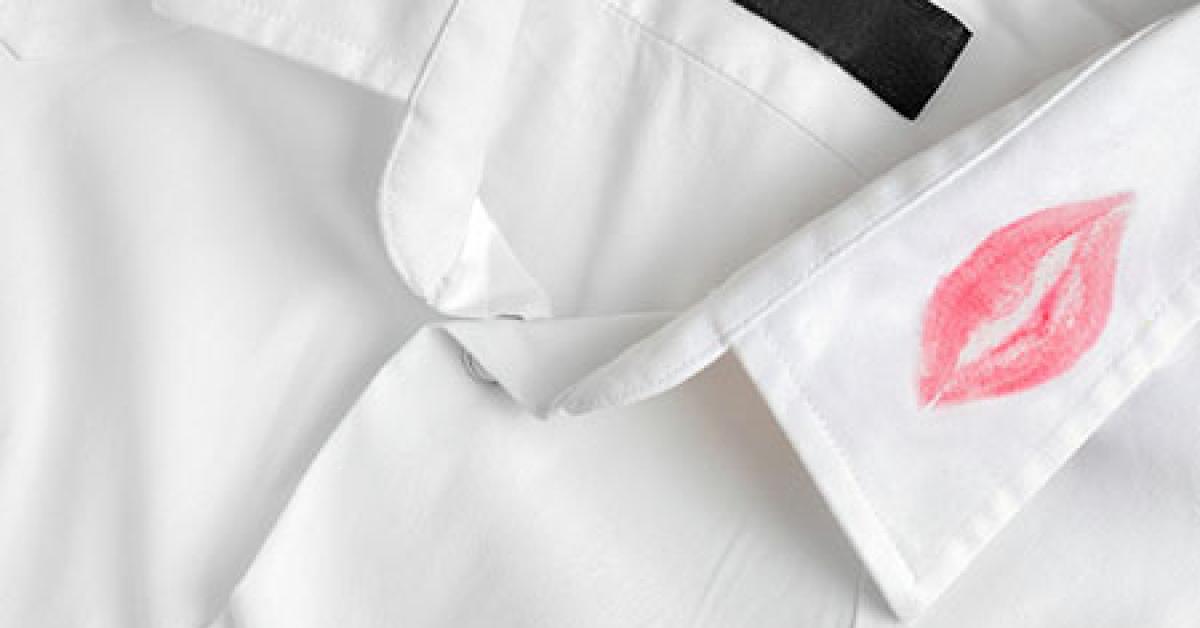CONCORD, N.C. — Makeup on garments was and is a problem for the garment care professional. We all know cosmetics accentuate the face and help skin to attain that desired glow. We also realize it takes time and effort to look our best. But the makers of beauty products give little thought to what happens when those same products accidentally, but invariably, find their way onto people’s clothing.
From the standpoint of the cleaner/spotter, cosmetics should be viewed as a blend of a carrier and some form of pigment. In the case of lipstick, that carrier is a wax-type substance. Mascara is an oily liquid, and a base is a combination of both pigment and liquid. I strongly recommend that cosmetic stains be pre-spotted on the dry side before being exposed to the immersion cleaning system.
The potential severe complications brought about when the immersion system falls short of removing the entire stain can render supplemental post-spotting ineffective. You can rest assured that terms like “smudge-proof” and “long-lasting coverage” can only mean trouble for the garment care professional.
Items on today’s market include, but are not limited to: night cream, moisturizing lotion, base, blush, mascara, eye liner, eye shadow, lipstick and lip gloss. (Nail polish is not included here, as it is a subject that requires an article of its own.) Most cosmetics are developed and marketed with a minimum of consideration given to the impact of contact between the cosmetic and a garment.
Several observations and informed assumptions must be made to increase the effectiveness of your stain removal efforts. The most obvious characteristic of the stain will be any pigment (color) that is present and the intensity of that color. The brighter the color usually means the greater the chance that pigment will remain after the “carrier” is gone.
Another characteristic to check is the level to which the stain has penetrated the fabric. It would be nice if the stain was always sitting nicely on the fabric surface, but many cosmetics are formulated to penetrate deeply and “enrich” the skin. This also means that it will be embedded in the fabric. When you apply your chemical tool to the stain, wait a second or two to observe to what extent the stain breaks down before any mechanical action is applied.
I have found that most of the night creams and body lotions are colorless on garments, but they appear to darken the stained area. These stains are found inside the collar and the front placket (the opening at the top of the shirt or trouser). These stains are usually solvent-soluble, but it is best to apply a general pre-spotter to loosen the stain before cleaning. The problem to avoid is accepting less than total removal since the area is inside and only slightly darker than the normal color. On tough stains, you should move on to your Paint Oil Grease (POG) removal to achieve total stain eradication.
Check back Thursday for the conclusion!
Have a question or comment? E-mail our editor Dave Davis at [email protected].

